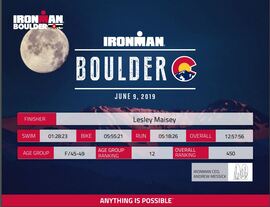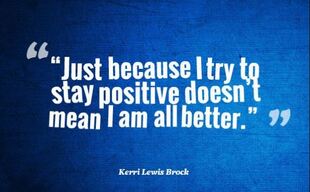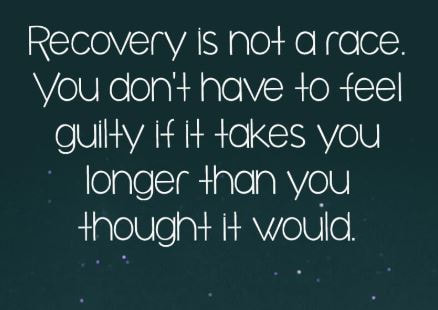I am a loyal Ironman triathlete. I choose to do an Ironman branded race over other races partly because I know what to expect but also because of the elite following that Ironman has. I know that at an Ironman race, I am going to compete with the best endurance athletes. What other events are there where the average age group athlete toes the same start line as the professionals, swims the same course, rides and runs the exact same route and crosses the same finish line with the same announcer declaring that “you are an Ironman!”?
Over my years with Ironman, I have seen the slow changes away from an athlete focused event, to what appears to be one intended to keep shareholders happy. In the last few years, Ironman has moved from being a test of individual determination to an event that anyone can do. While I do believe in people participating in events in order to have a goal for becoming healthier, fitter, happier, I disagree with an individual competition being diluted to allow participation as a relay. Triathlon in its inception was an argument about who was the strongest athlete. In 1978, the idea was conceived by John and Judy Collins as a way to find the toughest endurance athlete. It combined the Waikiki Roughwater Swim, the Around Oahu Bike Race and the Honolulu Marathon. In that first year, there were 15 people who took on the challenge; fast forward 41 years and there are Ironman events all over the world and some of them sell out within days of registration being announced.
Over my years with Ironman, I have seen the slow changes away from an athlete focused event, to what appears to be one intended to keep shareholders happy. In the last few years, Ironman has moved from being a test of individual determination to an event that anyone can do. While I do believe in people participating in events in order to have a goal for becoming healthier, fitter, happier, I disagree with an individual competition being diluted to allow participation as a relay. Triathlon in its inception was an argument about who was the strongest athlete. In 1978, the idea was conceived by John and Judy Collins as a way to find the toughest endurance athlete. It combined the Waikiki Roughwater Swim, the Around Oahu Bike Race and the Honolulu Marathon. In that first year, there were 15 people who took on the challenge; fast forward 41 years and there are Ironman events all over the world and some of them sell out within days of registration being announced.
| | Having done 12 full distance Ironman events, I know what it takes to train for months to have it all over and done with in less than a day (17 hours or less!). I know the early mornings, the dives into the cold pool when you are not quite awake, the dark and rainy morning and night time runs and the endless hours on the indoor trainer to maintain bike fitness during the winter off season. I know the hours in the gym to improve strength to take just a few minutes off the bike and the speed work required to improve your run. I do it because I love it; I would not change anything as I choose to follow this lifestyle. |

While I understand the financial benefit of including relay participants on the same course on the same day, the swimmers are more aggressive as all they have to do is swim; the cyclists can give it their all and not worry about pacing because when they hand the bike to the volunteer, they are done. Finally, the runner cruises by on fresh legs with a gait and stride not hampered by being on a bike for several hours. They are there participating on the course, crossing the same finish line but competing under a different set of rules.
Let me move this to another elite venue. How would people feel if the coveted Western States 100-mile Endurance Run was no longer just an individual event but now had a relay for 5 runners? It is the oldest 100-mile run in the world and it is not easy to get a spot on the start line – but if they wanted to make more money they could devalue the tenacity and grit it takes to do this race and split the distance to an easier 20 miles x 5. That would draw far more people and the average trail runner could compete. But how would the century runners feel about this?
My disappointment is not in the relay participants but in Ironman management, and this became crystallized for me when a good friend of mine participated in the 70.3 relay in Whistler a couple weeks ago. The people behind the brand have taken an event that had humble and honest beginnings and turned it into a money focused business. This devalues what it means to be an Ironman as all participants, individuals and relays, get the same medal but have not had to endure the same race.
I will still continue to participate in Ironman events as I am hooked on the lifestyle and they do run good events in great places throughout the world. But I just might start looking for other events that are true to the original roots that the Collins’ had aspired for – let’s take three athletic endeavors and see what happens when we throw them all together.
While the spirit of ironman is being sacrificed for corporate greed, I just hope the relay participants are not lining up for their M-dot tattoos…
My disappointment is not in the relay participants but in Ironman management, and this became crystallized for me when a good friend of mine participated in the 70.3 relay in Whistler a couple weeks ago. The people behind the brand have taken an event that had humble and honest beginnings and turned it into a money focused business. This devalues what it means to be an Ironman as all participants, individuals and relays, get the same medal but have not had to endure the same race.
I will still continue to participate in Ironman events as I am hooked on the lifestyle and they do run good events in great places throughout the world. But I just might start looking for other events that are true to the original roots that the Collins’ had aspired for – let’s take three athletic endeavors and see what happens when we throw them all together.
While the spirit of ironman is being sacrificed for corporate greed, I just hope the relay participants are not lining up for their M-dot tattoos…




 RSS Feed
RSS Feed